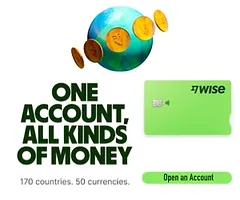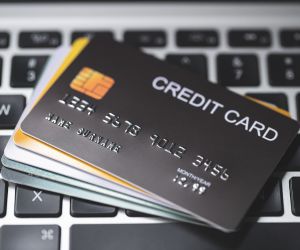BANK REWARDS PROGRAMS IN AUSTRALIA – TYPES, PERKS AND HOW TO MAXIMISE THEM
In Australia, rewards programs are a clever tool banks use to keep you spending with their cards. From Qantas Points to cashback at Woolies, Aussies are racking up benefits while banks are raking in profits through merchant fees, interest, and data. Big players like CommBank, NAB, Westpac, and ANZ all run their own schemes, while regionals and challengers offer smaller but targeted perks. Used smartly, rewards can save you hundreds a year, but if you fall into debt, banks end up winning twice. Here’s the inside scoop.

How rewards programs work in Australia
In Australia, rewards programs are structured to keep customers loyal while encouraging digital payments. When you spend money on eligible purchases with your bank’s credit card, you accumulate points or cashback that can later be redeemed for goods, services, or statement credits. These points are often tied to global schemes like Qantas Frequent Flyer or Velocity, or to the bank’s in-house catalogue such as CommBank Awards or NAB Rewards.
The mechanics are simple: spend $1, get between 0.5 and 3 points depending on the card tier and category. Some cards even offer multipliers for international transactions, dining, or fuel. The Reserve Bank of Australia (RBA) notes that over 50 million active cards circulate across the country, and around 70% of cardholders participate in some form of rewards scheme. That makes it a massive driver of consumer spending and data collection.
Types of rewards available
Travel miles through Qantas or Velocity programs, popular among frequent flyers.
Cashback credited monthly or annually to offset your bill.
Retail vouchers from partners like Woolworths, Coles, JB Hi-Fi, or Myer.
Lifestyle perks such as airport lounges, dining discounts, and insurance benefits.
On top of all that, most major banks dangle sign-up bonuses like 50,000 to 120,000 points if you meet minimum spend thresholds, which can cover flights, gadgets, or weeks of groceries.
Banks offering rewards across Australia
The biggest players in the Australian banking sector all run dedicated rewards systems. These programs vary in earn rates, redemption flexibility, and fee structures, but all are designed to keep you using their cards for daily life. Here’s a look at the line-up.
Major banks and their programs
Commonwealth Bank (CommBank Awards): Australia’s largest program, offering up to 3 points per $1 on certain cards. Points can be converted to Qantas or used for shopping and gift cards.
NAB Rewards: Earn 1–3 points per $1, transferable to partners like Webjet or redeemable for Apple and Amazon vouchers.
Westpac Altitude Rewards: Earn up to 6 points per $1 on premium cards, transferable to Velocity, KrisFlyer, and other airline partners.
ANZ Rewards: Offers 1–2 points per $1, redeemable for flights, tech, or gift cards. Premium cards include travel insurance and lounge passes.
Regional and challenger banks
Bendigo Bank: Offers Platinum Rewards with uncapped points, suitable for high spenders.
St.George / Bank of Melbourne / BankSA: Run Amplify Rewards and Amplify Qantas, often with 90,000-point sign-up bonuses.
BOQ (Q Rewards): Provides 1–2 points per $1, redeemable for travel or retail goods.
Suncorp and Queensland Country Bank: Focus on cashback and supermarket-linked benefits.
Non-banks like American Express also dominate with Membership Rewards, offering high earn rates and unique partnerships with airlines and retailers. Virgin Money cards tie directly to Velocity, boosting frequent flyer options.
Why banks give rewards and where money comes from
It’s natural to wonder why banks hand out free flights or cashback. The truth is, it’s a calculated business strategy rather than generosity. Rewards programs fuel customer spending, retention, and profitability. Behind every “freebie” is a steady stream of bank revenue.
Revenue sources funding rewards
Merchant fees: Every time you tap, the merchant pays an interchange fee (0.5–2%). Banks keep most of this, sharing only a slice through rewards.
Interest charges: Cardholders who don’t clear their balance subsidise perks with rates averaging 18–22% per year.
Partnership deals: Airlines like Qantas or retailers like Woolworths co-finance points in exchange for customer loyalty.
Data insights: Banks monetise anonymised consumer spending patterns to guide marketing and partnerships.
Universities like the University of Sydney have noted that rewards programs increase card use by up to 30%, generating more transaction fees and higher revenues. So while customers are pocketing points, banks are stacking profits at a much larger scale.
The bottom line: banks don’t give rewards out of kindness—they do it because it makes them money. For Aussies, these programs can be brilliant tools for travel or shopping savings, provided balances are managed responsibly.








